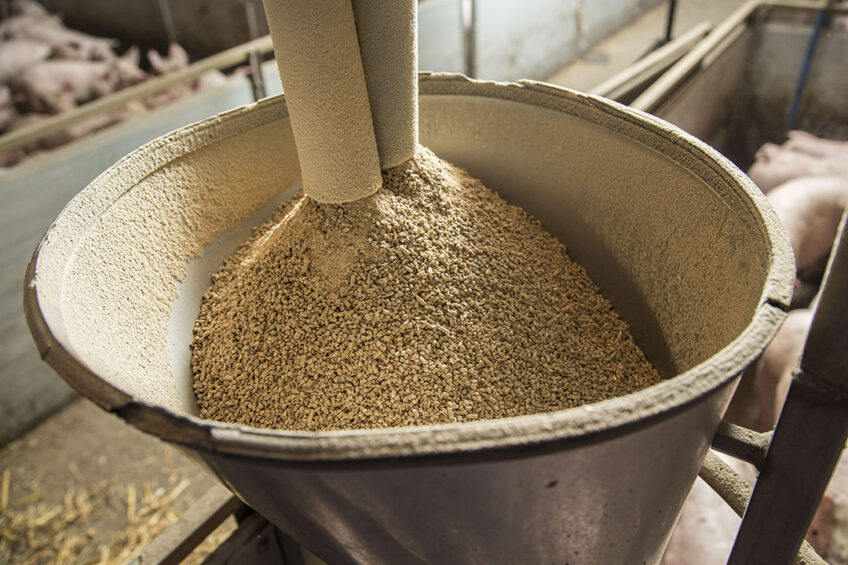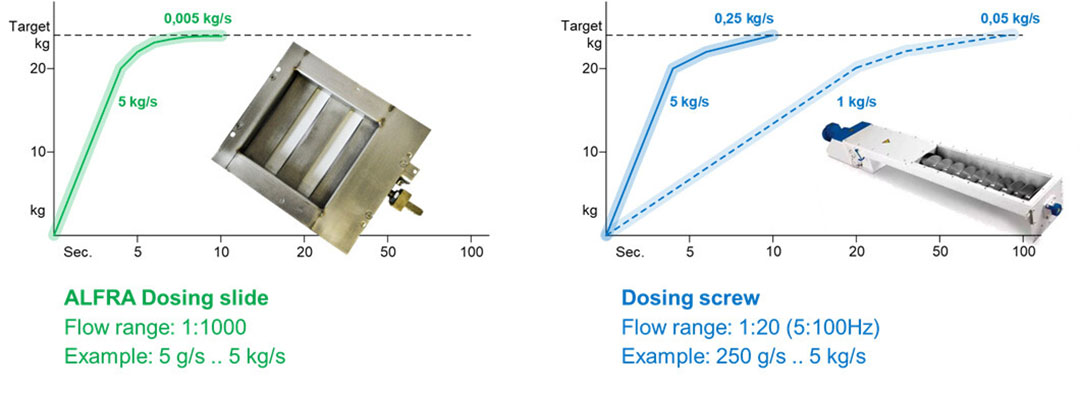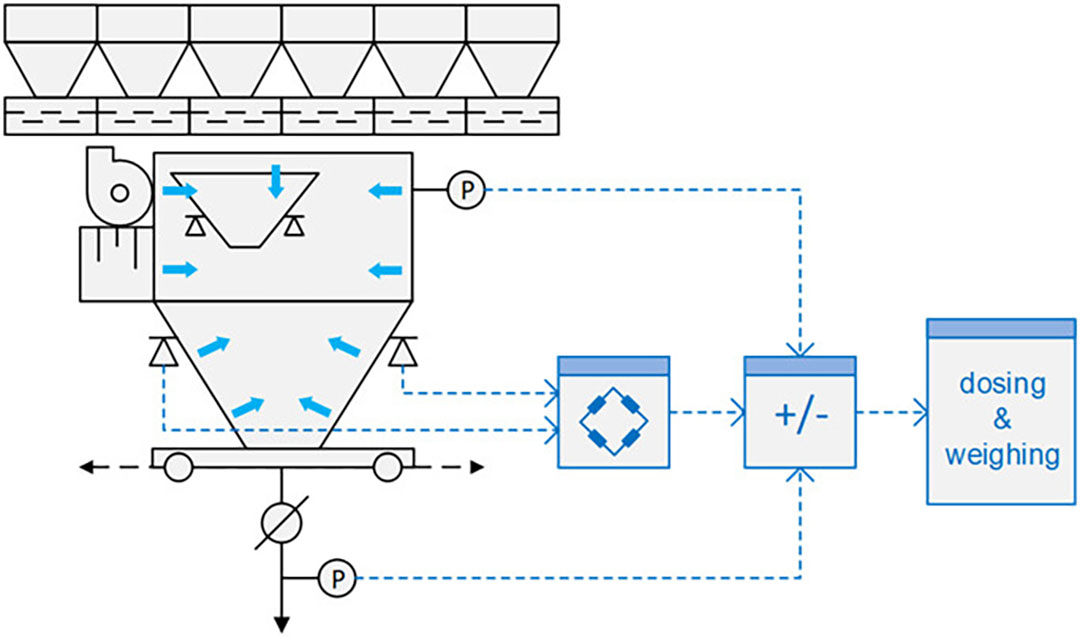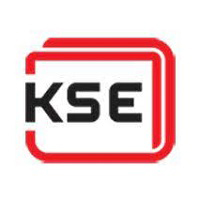How to improve ingredient traceability in the production process

Today’s market is becoming more and more customer focused. Customers are more aware of the products they buy and how they are produced. They want to know what ingredients are used and where they come from. People want to buy safe and healthy products, produced on a responsible and sustainable way. But at the same time prices are under pressure because the cost for daily, vital needs have increased enormously. Above that the availability of raw materials is unsure.
Animal nutrition is a crucial link in the food supply chain. Full traceability is essential, up and down the chain.
Of course, clean production is essential to reduce the risk of contamination. Human errors are often the cause of production issues, so human interference and dependency should be eliminated as much as possible.
Besides producing a safe product, you should also provide a safe and healthy work environment for your employees. To follow the market demands, you need maximum flexibility in your production process.
Production processes
Looking at conventional production processes you see a lot of dosing screws, which have a limited range for the dosing amount. We also see big weighing hoppers that will not empty in a clean manner, leaving residue. Besides that, they are difficult to access for cleaning. Conventional dosing systems are designed for a specific fixed range, leaving lots of manual dosing for the small amounts.
A first step to achieve flexibility is a dosing instrument that can dose both large and small amounts. When we compare the ALFRA dosing slide with a dosing screw, we see a huge difference in the dosing range. A screw has a range ratio from 1:20, whereas the dosing slide has a ratio of 1:1000.
Also, the power consumption of a slide is much lower, and you will need only one drive per system, whereas every screw needs its own motor. Another big difference is the activation of material in the dosing bin; the dosing screw pulls the material out, putting a lot of energy in the product. This results in friction and pressure build-up in the smaller outlet. Not only is the silo outlet of a dosing slide bigger, but it will also only activate the material by movement.
Speed and accuracy
When we compare the dosing curve, for example a dosing slide with a capacity of 5 kg/s, can reduce the flow to 5 grams/s when it gets close to target. A dosing screw with the same capacity, can only reduce its flow to 250 g/s, which is not accurate when you also want to dose small amounts. When you take a screw with a minimum flow of 50 gr/s (still 10x the lowest flow of the slide) the dosing will take 10 times longer!
A screw is always a compromise between speed and accuracy, whereas the dosing slide has both speed and accuracy.

Conventional dosing scales also have a very limited range, for example a scale of 100 kg has a minimum dosing of 2 kg to achieve an accuracy of 1-2%. So, all dosings under 2 kg must be weighed manually or on a dedicated system. For this, we have developed the “weigher in weigher” systems, for example a 100 kg scale with a second 5 kg scale inside. This makes it possible to accurately dose amounts of 50 grams. Because the scale moves towards the silos, the design remains compact with less contamination risk. Also, it is possible to move the scale to a position where it is easily accessible for cleaning. This makes it possible to dose big and small amounts with one single machine.
The challenge with moving systems is to eliminate the risk of dust, because it uses flexible seals to dock to the slides. An active dust filter keeps the system under negative pressure to prevent dust from coming out. Pressure sensors are used to correct the influence on the weighing signal and results always in an accurate weighing.

Material dosing made easy
Some ingredients are used only by occasion. In conventional systems they are dosed manually to spare a dosing bin. A container dosing system uses exchangeable containers instead of fixed silos. This gives flexibility to change recipes and raw materials without first having to empty. The raw material containers can be stored and placed on the system when needed with a forklift or a pick & place crane. The containers provide perfect separation of lots for excellent track & traceability. Because of the small carbon footprint and low height, this system can fit in an existing warehouse. The container dosing system will give maximum flexibility in your production process
For more information, visit the website Alfra Equipment


